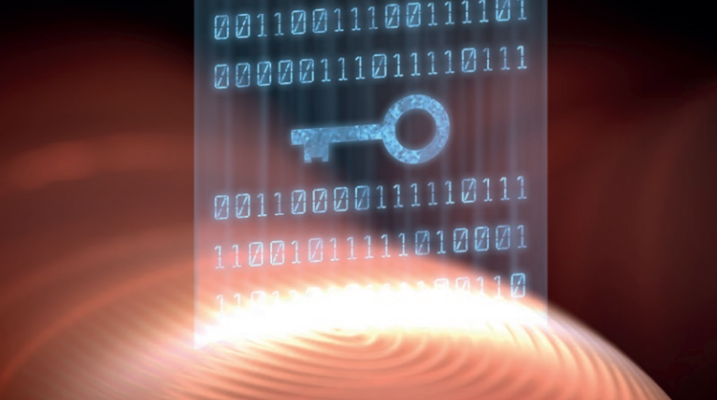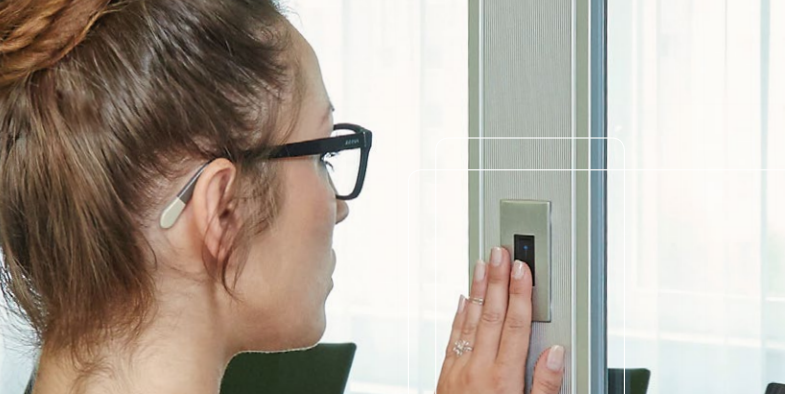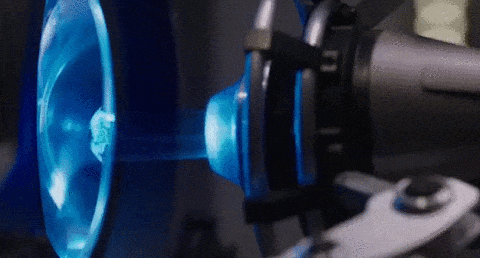Biometric Locks
Why Are Biometric Locks So Highly Regarded?
From fingerprint to iris scanners, no sort of lock is as exciting as a biometrically secured lock. Much of this is surely due to their prevalence in spy movies and the like. Movies love to display their hero’s pedigree with the technology of the time that just bridges the gap between science reality and science fiction. While 30 years ago digitally operated locks were the director’s tech of choice, now biometric locks take the helm.
Some of these technologies are indeed in use today and their benefits are more than just cinematic fiction. Of their benefits, there are two primary ones:
High level security
Biometrically controlled locks theoretically have a much higher level of encryption than mechanical keys or even digital locks (such as passwords). On the microscopic level humans are vastly diverse and converting that in to a code of some sort can provide a highly unique code. For example, even identical twins have different fingerprints, as our unique prints are shaped by minute DNA features and various random environmental factors.
Never Lose A Key
Who hasn’t lost a home or car key before? The high security needs of modern day lifestyles come with a lot of day-to-day inconveniences. Physical keys can be easily misplaced. Passwords needing frequent updating are frustrating to remember. Biometric keys remove this headache by making the keys something we can not misplace – our own bodies!
The Variety of Biometric Locks
There are several types of biometrics that can be used to control a lock, each with their own advantages and disadvantages. Additionally, some are commercially available and well tested, while others are more of a future promise with limited applicability.
Voice control
Who doesn’t want to command “open sesame” and see their door swing open? Voice controls are certainly a convenient feature that allows humans to use what they do best: talk!
Unfortunately, at least at this point, voice control is not considered a particularly secure method. With current technology on the market, voices can be relatively easily mimicked to allow the wrong person it. While it is possible to select a complex phrase that few people would guess, and audible code still invites more risk. Unlike a written passcode, one literally needs to loudly enunciate their code for their lock – and any potential bystanders or neighbors – to hear.
Voice control security can be enhanced by pairing it with a typed PIN or other secondary method, but this negates many of the benefits of using voice control in the first case.
For all these reasons, voice control should not be used in high security applications.
Fingerprint Scanners
Fingerprint scanners are currently the gold standard at the intersection of security of dependability – if you use the right one.
Biometric fingerprint locks analyze the unique fingerprint of the owner and other authorized users. These are increasingly popular on modern smartphones, allowing a simple touch to unlock a phone. The technology used on these is more rudimentary though, equivalent roughly to a 4 digit pin.
One of the most sophisticated commercially available fingerprint scanners on the market is made by a company named eKey. The false acceptance rate on their scanners is roughly 1 in 10 million, or 200 times more secure than a cell phone scanner.
The movie plot of replicating a fingerprint from an object is highly improbable. However, it were to be pulled off it still would not allow access to this type of scanner. The scanner uses “live finger detection” which emits a radio wave to differentiate between life and dead tissue.
With the right brand, the dependability of a quick unlock is very high. Though an individual may occasionally cut their finger or other unforeseen event, this can be proactively avoided by simply registering multiple fingers per authorized user initially.
Iris Scan Locks
Iris biometric locks have started to become available on some cutting edge smart phones, most notably the Samsung Galaxy 8 and 9. Similar to fingerprints, the concept is that the colors in our eyes each have a highly unique pattern. Some phones can allow quick unlocking even in almost zero lighting conditions.
While the military may have access to more sophisticated hardware for this, tests show these consumer unlocking methods are “laughably” easy to fool. White hat hackers in Germany identified a very simple method of defeating the Galaxy phone’s iris scanner by simply using a digital camera, laser printer and generic contact lens.
The main problem here is that unlike a alphanumerical password, the “password” of our iris is visible to the public literally whenever our eyes our open in public. A copy of a high quality photo of the target may be enough to lift their eye image from.
Facial Scanning Lock
Digital facial identification has been used for years by law enforcement agencies around the world. It is commonly used in software to identify suspects filmed in CCTV cameras. Border control agents use it to confirm identities of those presenting passports and other documents to them.
In contrast to Samsung’s iris scan feature, new Apple phones use a face scanning security method. In fact, on the iPhone X the fingerprint scanner (Touch ID) is now gone. Previous phones have had this feature, but this Face ID, as it is named, is quite different in kind. It is significantly more secure than older technologies due to its combination of a 30,000 point dot projector, infrared camera and “flood” illuminator. Apple’s engineers estimate the likelihood of a false unlock at roughly 1 in 1 million, so still less secure than high end fingerprint scanners but still a large improvement.
Still, for every day lock application face scanning is a bit cumbersome. An expensive smart phone is a convenient combination of high end technology that would be even more expensive if the manufacturers weren’t subsidized through network fees. So, door lock applications tend to be somewhat oversized and quite expensive. They don’t always work in all lighting conditions, and can be inconvenient when wearing glasses and other daily style differences.
Other Biometric Access Control Considerations
There are some additional factors to consider when implementing a biometric controlled lock. Unlike a mechanical lock, some power will be needed to unlock the door. Contrary to some misconceptions, virtually no locking systems automatically unlock (unless specifically designed to) if power fails due to the access method being biometrically enabled. Rather the door would remain locked. This can be a source of concern however.
Guests or service professionals provide another problem. While an extra key can be hidden outside of a house or other location for a visiting guest to pick up upon arrival if a homeowner is away, a biometric system can not be operated by the guest until they are physically there to register their fingerprint, for example. Similar restrictions can be inconvenient for repairmen, house cleaners and other trusted workers.








